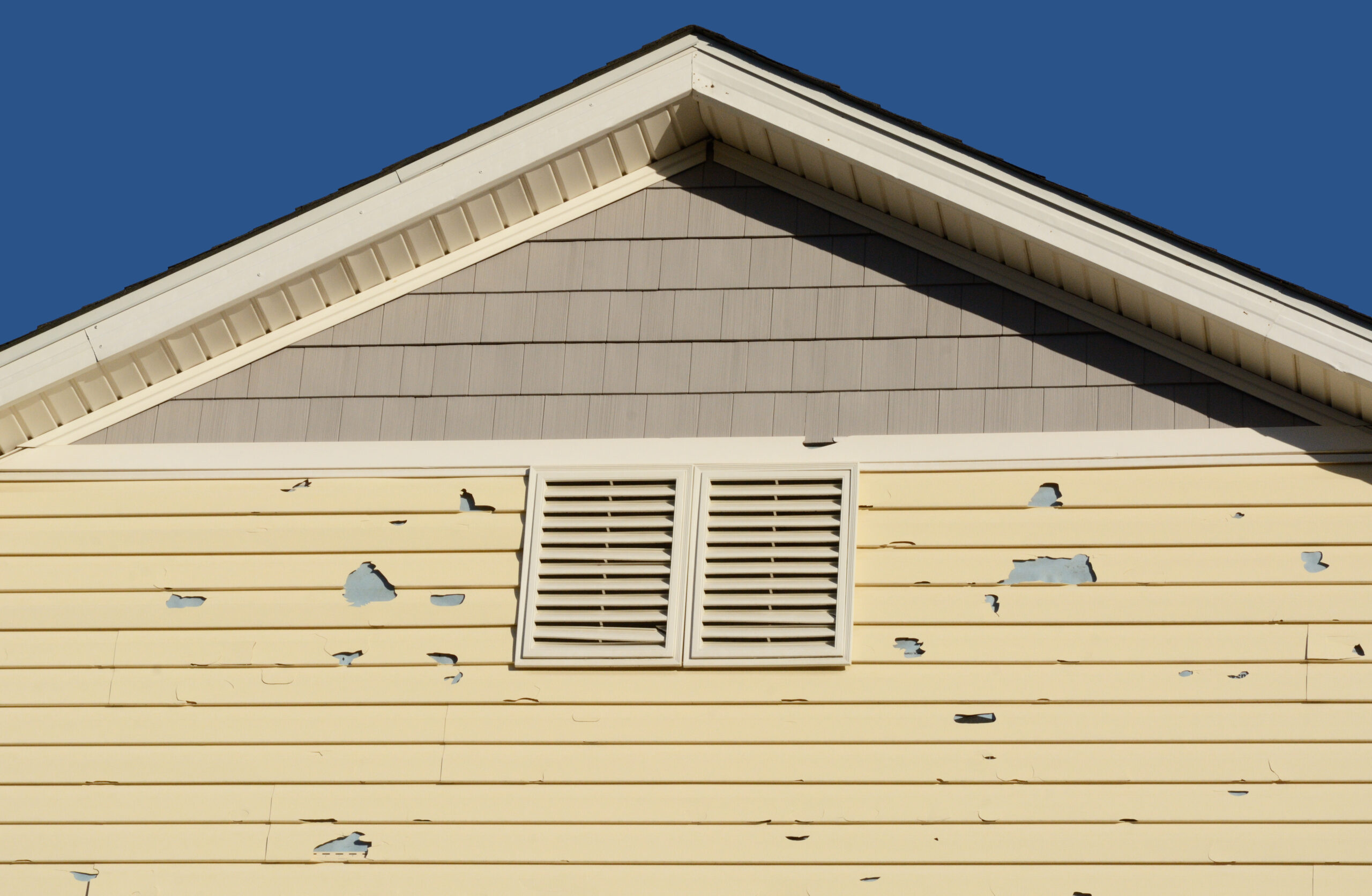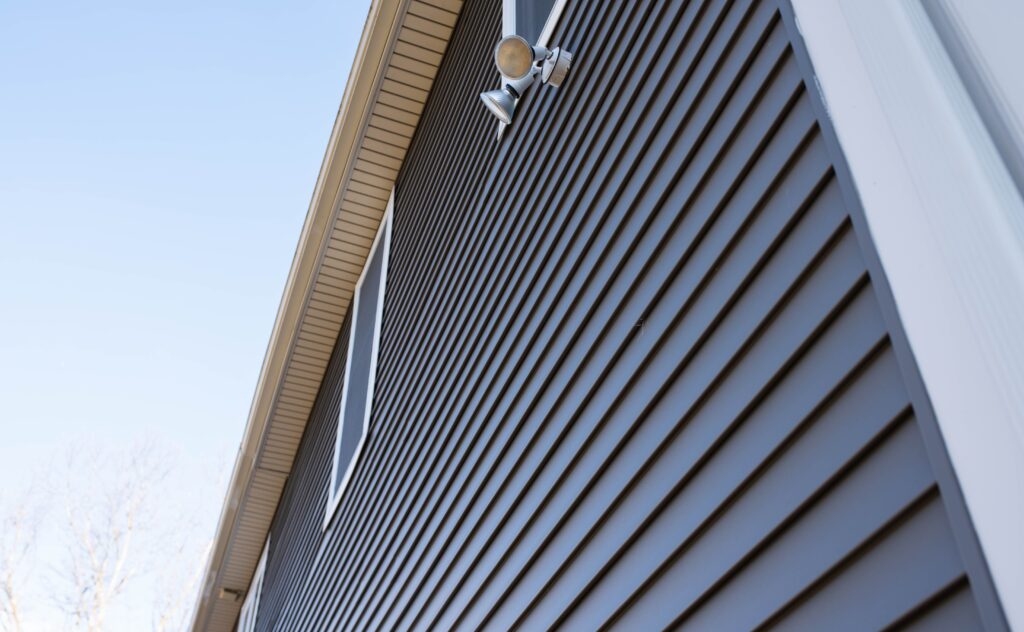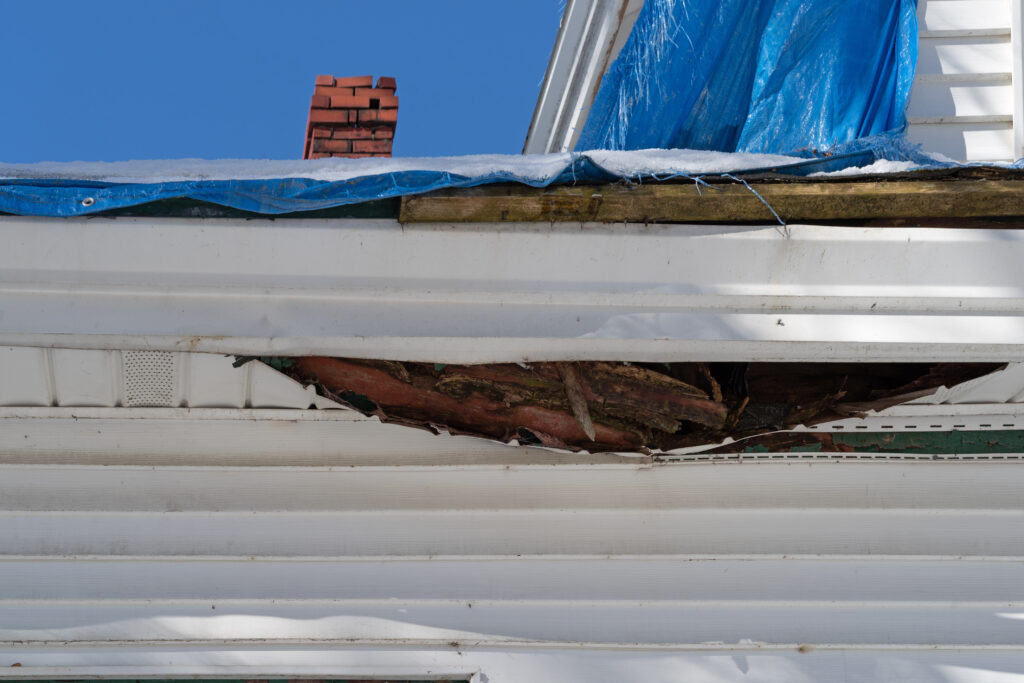What are the Pros and Cons of Fiber Cement Siding?
What is Cut Fiber Cement Siding and What are its Benefits? Fiber cement siding is a building material that has … Read More →

It’s inevitable. If you own a home, repairs are going to need to be made, and one part of your home that sometimes gets overlooked is the exterior. It is important to regularly clean your siding with soap and water. Not only will this keep your home’s exterior looking nice – it will give you the opportunity to keep tabs on the condition of your siding.
Your home or business’s vinyl siding will likely grow mold, get dings, and sometimes crack or get holes in it. When that happens, it needs to be repaired so you can prevent structural damage to your home. Here are some ways to repair your vinyl siding without the help of an expert.

Before you get started with your home improvement project, take into account your skill set. Do you have some experience with home repairs? Are you savvy enough to tackle this on your own? Do you have the tools you need?
Your next step is to inspect the damaged area. Is it a small hole or a larger one? Is there structural damage to your home, or is it just a hole in the siding?
If you have widespread damage, or if the existing siding has been cracked or broken for a long time, there may be additional structural damage behind the siding from termites or other insects, rodents, or even from mold. You may see warping or twisting of the boards behind the siding or swelling from water damage.
Another sign to watch for is water stains or peeling paint on the interior of your home. This means you have a serious problem that goes beyond a simple siding repair.
If you see any of these signs or suspect structural damage or a mold problem, call a professional to come out for an inspection. They will not only inspect the siding but can also do a thorough inspection to let you know how big your problem is. They can let you know if it’s a quick fix or if your home needs more extensive repairs.
Once you’ve determined that the damaged area is something you’re going to do on your own, pick the method that best fits your siding repair needs.
Learn more about the lifespan of your siding by checking out our recent post – The Lifespan of Siding — Just How Long Does Siding Last?
Oftentimes, nails or screws will cause small holes in your home’s siding. If the hole is on the smaller side, you can often fill the hole with caulk simply enough. This quick and easy method doesn’t take much time and protects your home from additional damage due to exposure.
Make sure you have everything you need before starting your project. You’ll need a caulk gun, a tintable or paintable caulk, and a paint scraper.
Residential vinyl siding repair doesn’t have to be difficult, even as the holes get larger. You can use a patch kit to seal the hole and keep moisture out, protecting your home from further damage. You’ll need a patch kit, a scraper, a utility knife, and paint.
Fixing larger holes or entire sections of vinyl is a little more difficult than just filling the holes, but it can be done. It’s a little more time-consuming and intensive but well worth it to protect your home from the mold that is waiting to grow if you let the moisture seep in.
Ideally, you’ll have some siding left from when you initially had it put on your house. If not, your local siding supplier may have a match.
For this method, you’ll need a zip tool, a replacement piece of siding, roofing nails, a pry bar, a hammer, and a utility knife.

Now that you know how to repair holes in vinyl siding, it’s time to get started with your home improvement project. If your siding just needs a small repair, there is no reason not to do it yourself, and it can be easy if you follow the simple steps listed above.
But if you have more extensive damage or struggle to get your home repaired in a timely manner, reach out to JET Contracting. Our siding repairs can save you money and allow you to maximize your budget.
JET Contracting has been working as a vinyl siding replacement, restoration, and repair contractor for over 20 years in the Athens, GA area. Our highly qualified team can assess the damage and determine the best course of action for your repair. We provide quality service at affordable prices and do the job right the first time.
Contact our professionals today to get your free estimate or for additional information on any of our services, from roofing to siding.
What is Cut Fiber Cement Siding and What are its Benefits? Fiber cement siding is a building material that has … Read More →
Extend the Life of Your Roof System Commercial roofs are often exposed to harsh weather conditions and need regular maintenance … Read More →
It’s Important to Clean Your Gutters Regularly Gutters play an important role in protecting your home from water damage. They … Read More →